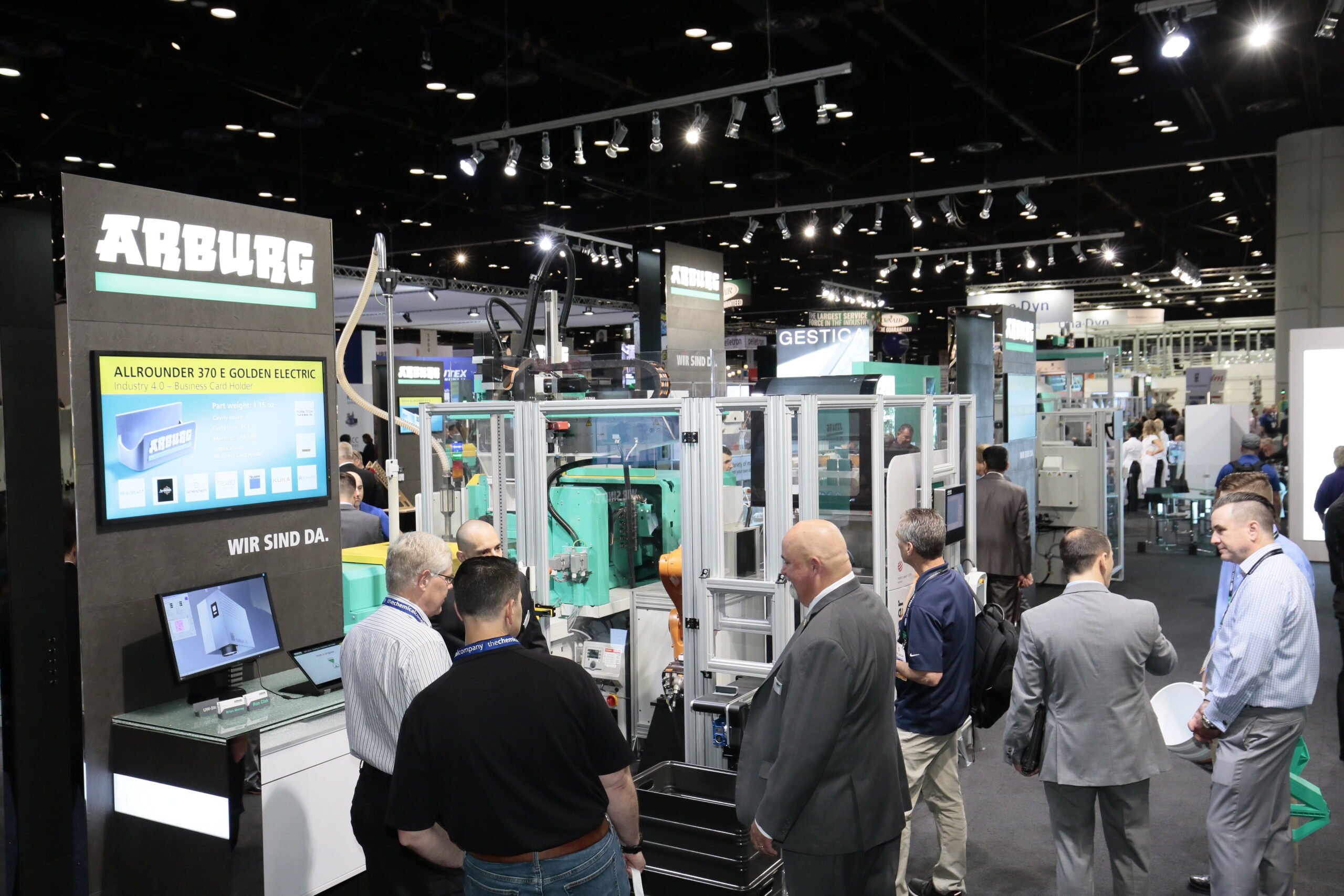Having just returned from the National Plastics Exposition (NPE) in Orlando, FL, we’re curious if you saw it? Around every corner, there were sights and sounds of its allure, its potency.
The “it” I’m referring to is innovation. (*cue the collective groan*)
Before you move on to the next article, consider this: What does innovation look like to you? Would you recognize it? It seems like the look, feel, effect, and fundamental definition of innovation is often in the eyes of the beholder. Countless companies include innovation in their missions, strategic plans, and marching orders. But would you spot it? Would it be “Innovation” with a capital “I”, a hybrid form, or . . . a lost art form?
Innovation is a leading priority for CEOs, with more than 70% listing it as one of their top three areas. For many companies, it starts with a number of fundamental principles, as well as organizational and strategic roadmaps. Yet only 16% of companies believe that they’re better innovators than their peers. Has “innovation” become a meaningless buzzword? And how can we quantify the different types of innovation, be it growth, incremental, sustaining, or efficiency innovation?
In a recent piece titled “Innovation” is dead. Long live “innovation”., Swiss business theorist Alexander Osterwalder breaks down two very different innovation models; the “exploit” side, which tackles improvement, and the “explore” side, which focuses on invention. In the case of the exploit side of innovation, activities are valued for creating efficiencies or incremental changes that sustain the company. Examples include business process re-engineering, cost cutting activities, or the replacement of products and services with newer, better ones. Most companies master this side of innovation relatively well.
On the opposite end of the spectrum is the explore side of innovation, which focuses on entirely new value propositions, business models, and other types of growth engines. This is where substantial growth opportunities reside. This is where challenges lie, as mastery this unique type of innovation requires a different operational and organization skill set.
The key to achieving successful, sustained outcomes is a corporate culture that aligns with and reinforces its fundamental innovation strategy. A common frustration of innovation managers is the difficulty they face in adopting promising new innovation practices, including those that have been successful at other companies. Cultural factors may often loom large; openness to new methods and ideas, as well as support from senior leadership, are important, yet can be subject to unintentional cultural sabotage.
As corporations struggle with the pace of internal innovation, many are opting to collaborate with smaller, more agile companies that offer complementary material and/or process innovation. Several announcements made during the NPE by premier companies validate this openness to consider external technologies as components to their innovation models.
At NPE, 3D printing materials and technologies took center stage for their success in quickly moving the innovation needle. The announcement from BASF regarding its collaborative partnership with Essentium captured both media and audience interest. Texas-based Essentium combines performance materials, high speed extrusion, and its “Flashfuse” two-part electric welding process in exciting ways. Using this patented technology, one can fuse individual layers inside the printer as the parts are being built without post-processing.
Spotting new and differentiated innovation takes the skills of an technical investigator with ground floor knowledge and unique market insights. At Match Point Strategies, our passion lies in discovering exciting product and market changes that accelerate our clients’ business opportunities. Let us show you how!




